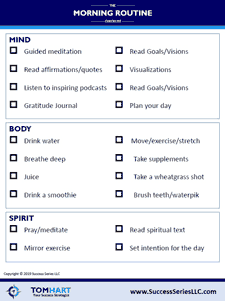
#GrowYourLife #BuildYourBusiness
Life Area: Professional | Topic: Freelancing
3 Things You Need to Know Before Going Freelance
Being a salaried employee means having the stability of a steady paycheck. It also means having to answer to a boss, and, in many cases, adhere to what could be a pretty rigid work schedule. It’s no wonder, then, that a large number of workers contemplate going freelance each year.
Now there are plenty of good reasons to become self-employed. You get to be your own boss, set your own schedule, and take on projects that are interesting or meaningful to you. That said, there are certain financial implications of going freelance you’ll need to account for when making the leap. Here are three in particular to know:
Going freelance could end up being the most rewarding career decision you’ll make in your life.
1. You’ll be liable for self-employment taxes
When you’re a salaried employee, taxes are taken out of your paychecks so that you don’t have to worry about paying the IRS its share of your earnings. Not so when you’re freelance. Independent contractors are liable for self-employment taxes, and those taxes are due to the IRS on a quarterly basis throughout the year. Not only must you pay those taxes on time as a freelancer, but it’s on you to calculate how much you owe (or get an accountant to do it for you).
Of course, Social Security is only part of the self-employment tax picture. There are Medicare taxes you’ll also be responsible for, and unlike Social Security, there’s no income cap. This means that as a freelancer, you’ll pay a 2.9% Medicare tax on all of your earnings.
The good news in all of this is that you can deduct half of your self-employment taxes when you file your tax return. The bad news is that you’ll need to come up with that money up front, so prepare for that major expense.
2. You can still save for retirement in a tax-advantaged plan
Many freelancers are quick to assume that they can’t save for retirement in a tax-advantaged manner, but actually, there are several options available to self-employed workers that salaried employees don’t get access to. If you’re a freelancer without employees, one option you might consider is the SEP IRA. Short for simplified employee pension, a SEP IRA lets you contribute up to 25% of your net business earnings (your earnings minus your business expenses, SEP contribution, and half of your self-employment taxes. If you employ other people, saving in a SEP can get expensive because you must contribute the same amount to your workers’ accounts, percentage-wise, that you put into your own plan. But if you don’t have employees, this isn’t an issue.
Continue reading →






